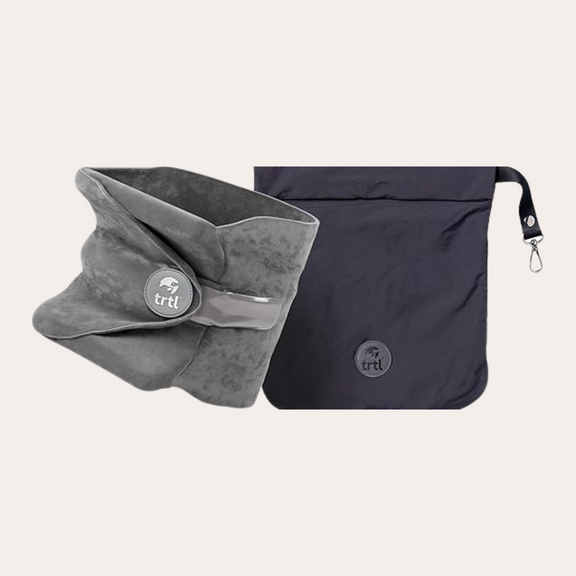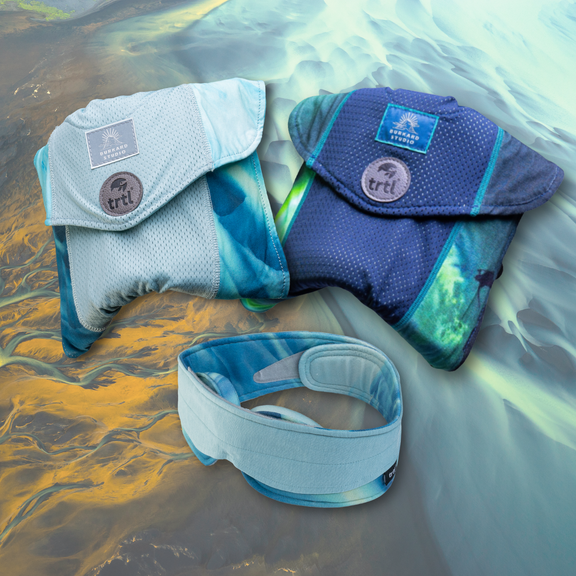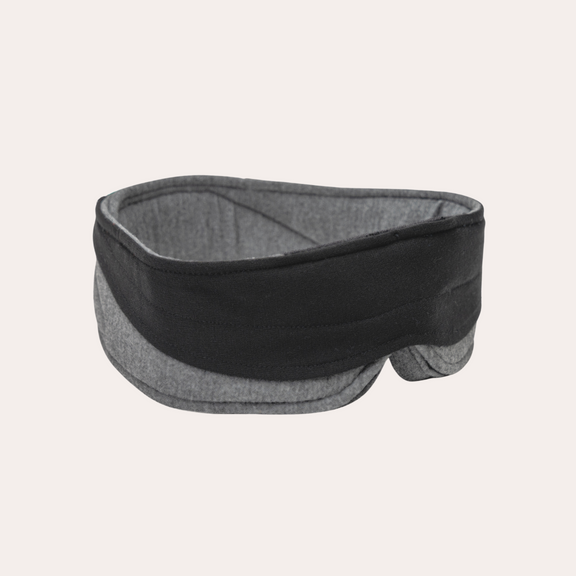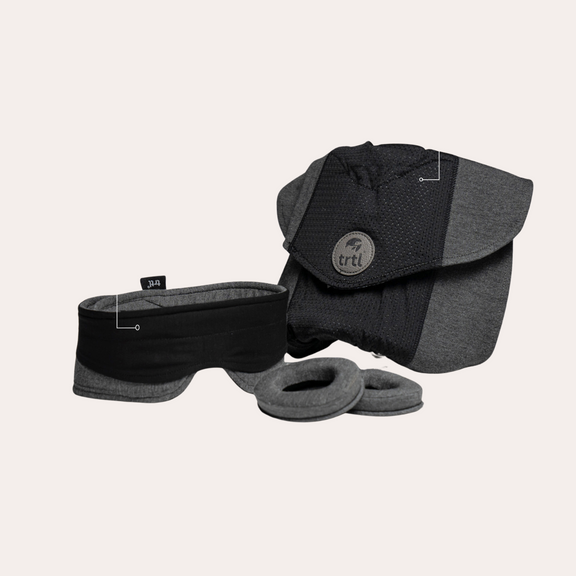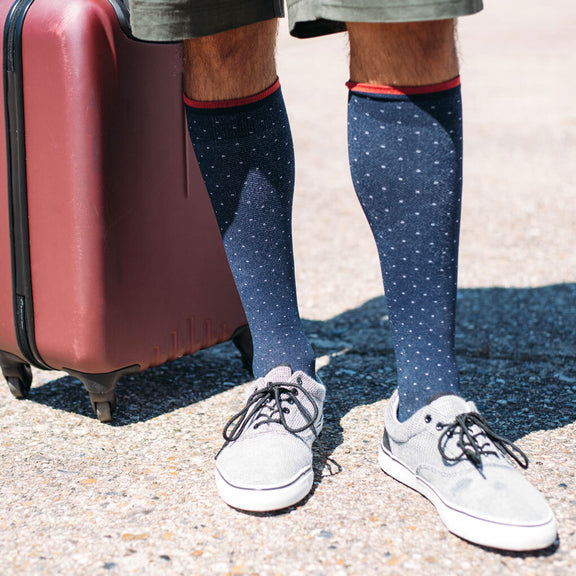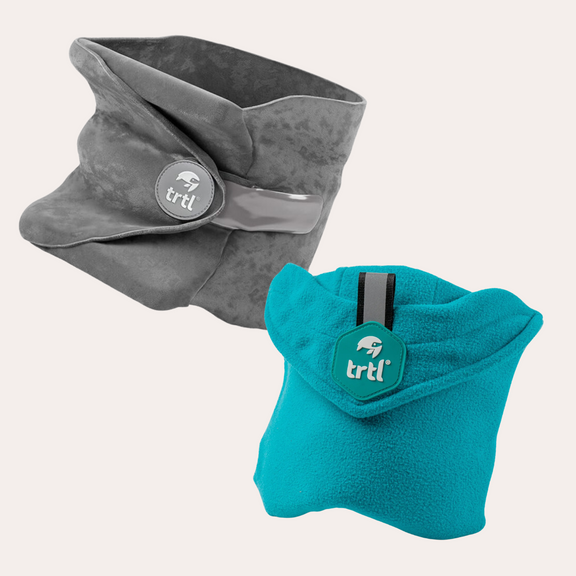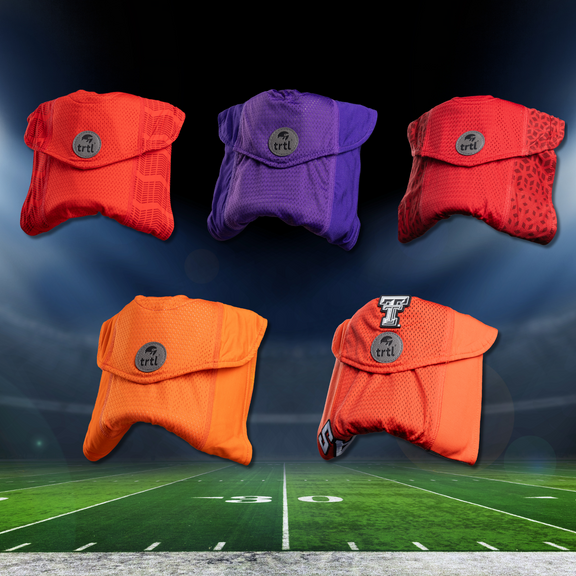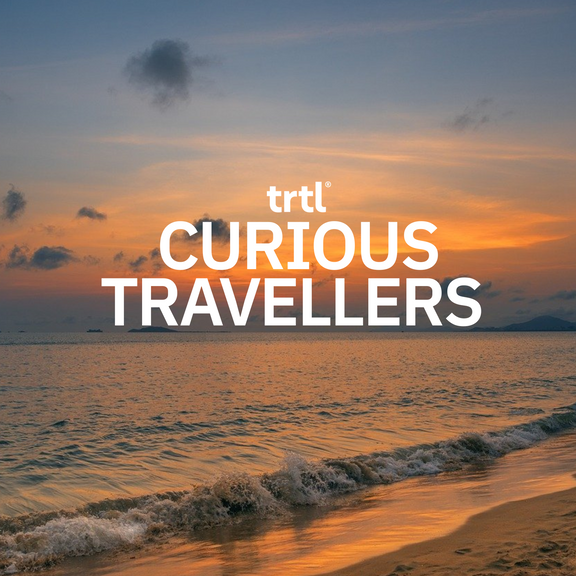A comprehensive guide for touring the world on two wheels

What is a cycling vacation and why consider it?
If the idea of spending your precious vacation time doing something you love excites you, and that love is cycling, you’re in for a treat! Cycling vacations are a wonderful way to experience your hobbies in new environments and add some exciting variety to the way you travel. They are also a great way to stay active while on vacation — there is nothing like a hard day’s ride to work up an appetite for the delicious local cuisine!
So what is a cycling vacation? Well, it is just that — a vacation where you rent a bike in a region or country away from your home as a means of transportation on holiday. This type of trip is also referred to as cycle touring or bikepacking.
There are a few types of cycling vacations to consider:

Guided bike tours: A cycling guide travels with you and handles much of the logistics while on and off the bike. Lodging is pre-arranged as part of the tour, and while on the bike the guide supports everything from navigating to providing local insights, to coordinating sight stops and meals along the way.
These tours can vary from day trips to multi-day and week-long trips spanning multiple destinations. An additional consideration for this option is whether you’d prefer a private guided tour, or opt to meet other cyclists in a guided group setting. Some popular companies in this category include Duvine and Backroads.

Self-guided bike tours: With this option, you work with a local company in the country you are visiting to plan the trip. They will provide the rental of your bike and gear, navigation support (such as printed maps or GPS), and coordinate your luggage being transported along your route to that days destination.
These companies will also typically help you secure accommodations at each stop. Though you are on your own (or with your travel buddies) to get from point to point each day, you can often rely on the bike company you are working with for emergencies such as equipment issues or getting lost.

Self-supported bike tours: This option also does not include a guide. You are responsible for it all, including traveling with your gear and planning the logistics of routes and accommodations. Though you can work with a rental company to rent a bike and do a roundtrip back to their location, a lot of riders choosing this option often travel with their own bikes, gear, luggage, and food.
Planning the ride

Once you’ve chosen a format, it’s time to pick a duration and region for the trip. Some companies offer you the ability to create your own custom itinerary, while others ask that you select a route from their pre-set options. When choosing a tour, it is important to consider questions like:
- How many miles do I want to ride per day? At what total elevation?
- How many days do I want to be riding? Every day? Every other?
- What type of accommodation do I want? Luxury hotels? Mid-tier lodging? Local BnBs?
- Will I be riding point-to-point or roundtrip?
- Do I want to stay in one area, or cover as much ground as possible?
- What type of terrain do I prefer? Road riding? Bike paths? Gravel?
Tours and logistics
Once booked, the company will send you an itinerary, and explain their options for gear, support, luggage transport, and navigation (depending on whether you’ve chosen guided or self-guided).
Some longer trip routes require transportation via other means, such as traveling with your bike on a ferry or train. If this is needed, most companies will include the price of tickets in your package, and book your reservation on the additional mode of transport.
For self-guided trips, the company will often provide a booklet of information included with your maps, with recommendations detailing sights and interesting spots to stop along your route.
Most companies will give you their contact information for questions and emergencies, so it is good to either have a phone with you, or an understanding of how to get to a phone when needed, especially in the most remote parts of your riding.
The gear to get you there

For all three of these cycling vacation options, choosing the right gear is important to ensure an enjoyable experience.
How to choose the perfect bikeThe tour company will ask you for your height and weight for basic bike fitting. Depending on the offering of the company, you can likely choose from a few tiers of bikes, which increase in price based on quality of components. Generally, the higher quality of the bike, the lighter it is, which can make a difference when cycling many miles per day with a lot of climbing.
What to pack
Tour companies will include basic cycling gear with your package, including a bike with safety lights, a helmet, a water bottle cage (and often a water bottle), a bike lock, and a basic bike repair kit. Pro tip: for self-guided and self-supported vacationers, getting familiar with basic bike repairs can go a long way if you run into any bike issues on your ride.
Many cyclists will bring their own cycling shoes. In this case, be sure to let the company know which clip-in system your shoes use so they can ensure they configure your pedals to match. If you are not bringing your own shoes, check with the company to see if they rent them. Alternatively, they may provide cages for any shoe you’d like to ride in without clips.
Packing a few quality bike kits and quality socks are a must, to provide comfort and function during your sometimes long days on the bike. Some cyclists opt for riding gloves and a cycling cap for under the helmet. Be sure to pack some light rain gear in case of troublesome weather, a sport watch if you have one, as well as sunglasses and sunscreen for those bright and sunny days.
If you are in the self-supported group — packing light for “off the bike” needs is important, as you’ll be hauling all your gear on your own every mile!
On the trip

Now — the fun begins! The first step is to make your way to the tour company shop and pick up your bikes, gear, and maps (and meet your guide if you have one). You’ll be fit for your gear, given the final information for your route, and off you go!
Navigating on the bike
If you are riding with a guide — then you are in the clear! The guide will do the navigating for you and you can enjoy the vista without a care in the world. For self-guided cruisers, the bike companies will provide a system of navigating for you, which could include:
- Printed maps: Companies often offer a printed booklet, in a weather-proof casing, that you can carry with you in your kit — or one conveniently attached to the stem of the bike itself. These booklets contain written directions with visual maps, and call out landmarks and signs for major turning points along the route. It’s a fun way to step away from technology and really detach to soak in everything these rides have to offer.
- A bike navigation system: This high-tech option will have your daily destination entered in and guide you to turn where needed to get you there. Even with this option, it is always wise to have a backup in case the batteries die, or the GPS is damaged in any way.

Logistics aside, the ride itself is the heart of the experience. This mode of vacation allows you to travel to beautiful, unique, remote, and awe-inspiring places. You’ll have the chance to be immersed in the scenery, experience the local sights and stops with a clear mind and a curious spirit, and live in the moment.
These types of trips are a wonderful way to reconnect with nature, yourself, and those around you. And as the old adage says — truly enjoy the ride.


